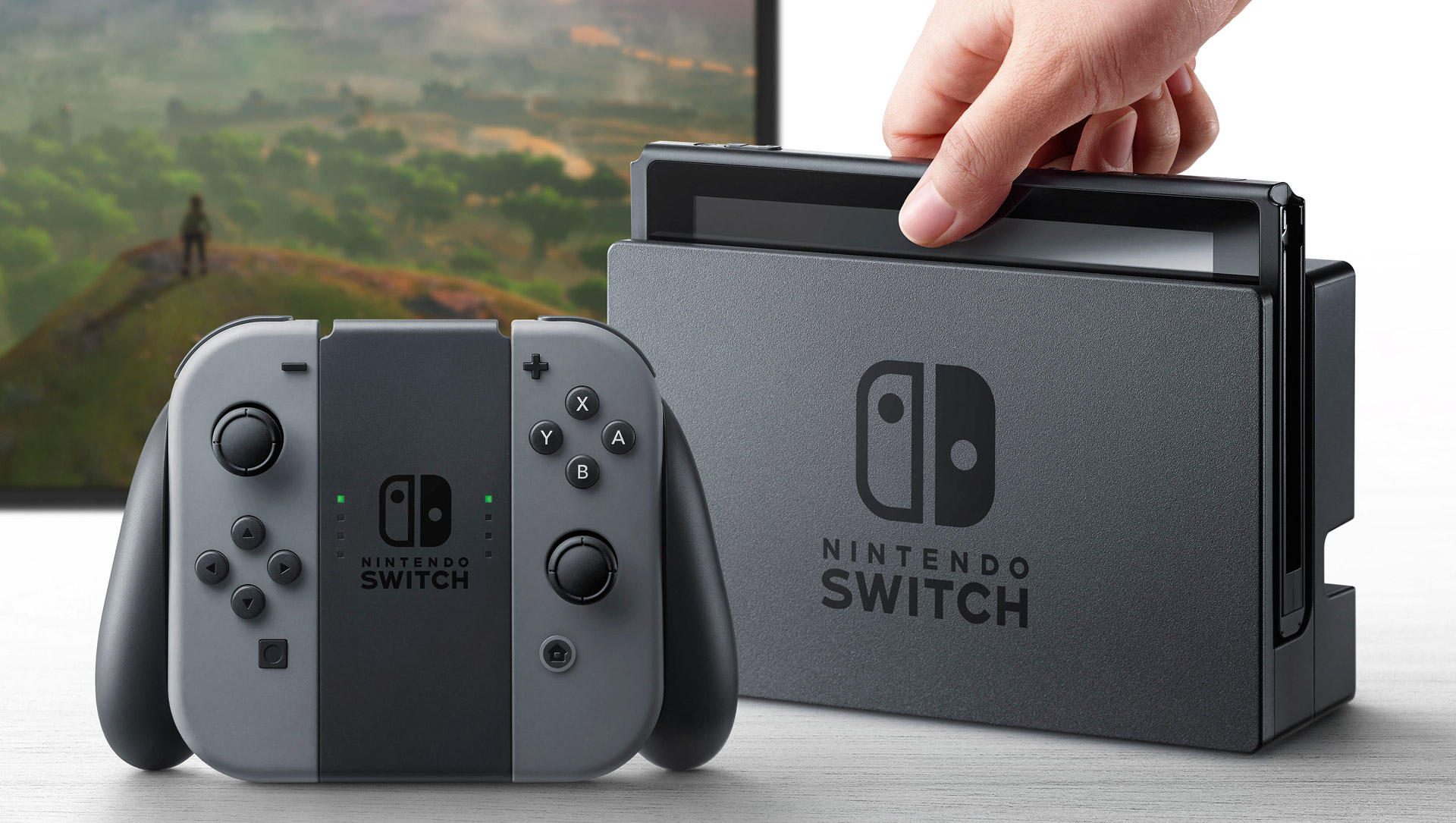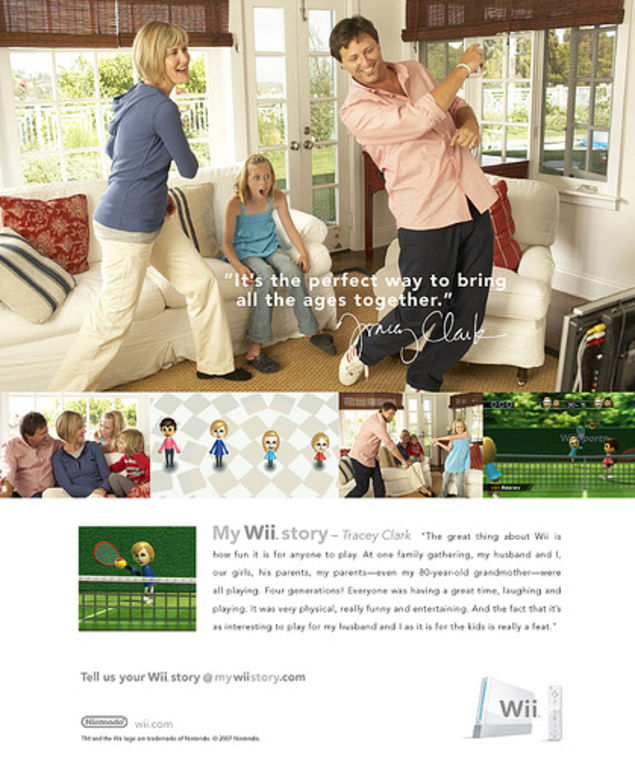4 Takeaways From the Nintendo Business Model

Nintendo recently unveiled their new console, Nintendo Switch. It’s a new hybrid console previously code-named NX and so far, it’s living up to the hype. At a glance, the Switch looks like a cross between a traditional home console and a handheld. And even now, gamers across different platforms are quite excited not only because of the new and unique features of the Switch, but also for the abundance of third party game developer support.
The Japanese company is no stranger to unique and innovative strategies. Starting from their playing cards origins, through the SNES 8-bit and 16-bit era, to the DS and 3DS handhelds, and now to the Switch, the Nintendo business model has captivated the attention of even the big companies in the West.

As a fan of Nintendo ever since grade school, I have observed the strategies of the company for every gaming generation. Here are some of the things that small businesses can learn from the Nintendo business model.
1. Save some cash for a rainy day.
The Nintendo business model has always been about conservative practices. One such strategy can be seen in the amount of cash reserves they have in the bank. According to their latest financial report, Nintendo has 558,433,000,000 Yen in just “Cash and Deposits” equivalent to over $4.6 billion. You would think that is a lot of money but it is actually lower than previously reported, when Nintendo had more than $10 billion in their reserves. This alone makes them one of the powerhouses in the gaming industry.
The cash reserves of Nintendo has enabled the company to stay afloat, even during the troubling times of GameCube and their current home console Wii U. They can actually have a deficit for more than 30 years and still remain afloat. Even if their games would fail to meet their quota, they would still be able to try again. This gives them the opportunity to innovate over and over again.
2. Simplicity can be a disruptive innovation.
In a way, Nintendo’s business model is disruptive to the whole gaming industry because of its simplicity. Literal simplicity. Sony’s PlayStation and Microsoft’s Xbox primary demographic are the hardcore gamers. They are typically in their mid to late twenties, single and predominantly male. Nintendo Wii console, on the other hand, focused on people not currently consumers of the game market. Nintendo described a portion of their target market for Wii as alpha mothers, pre-teen girls, senior citizens, and it’s observable in their advertising.

This Nintendo strategy which started on the Wii was one of the most successful consumer base diversification strategies. During that generation, Nintendo outsold Microsoft and Sony, tripled its share price, and rose to the second-most valuable Japanese company, only behind Toyota.
The success of the Wii in capturing the seemingly uncapturable non-consumers of the gaming industry, is largely due to its user-friendly features. While the selection of games on Nintendo Wii’s library still resonated to the core users, the intuitive controls allowed the non-core users to take part. Games such as Wii Sports, Mario Party, and other family-oriented ones enabled them to enjoy gaming as much as the hardcore users.
3. Look beyond your product specs.
In each year’s Electronic Entertainment Expo (E3) event, Microsoft and Sony have consistently featured the technical specifications of their consoles. The resolution for instance, is one of the most important considerations for hardcore gamers, as it affects the vividness of the visuals of their games. Both companies try to outplay each other in order to capture a greater part of the market.
Nintendo has a different philosophy. They wanted to use a blue ocean strategy.
In an interview during E3 2016, Nintendo of America president Reggie Fils-Aime talked about how their then-named console NX would compete against Sony’s PlayStation 4 NEO and Microsoft’s Xbox One Scorpio. He said “For us, it’s not about specs, it’s not about teraflops, it’s not about the horsepower of a particular system. For us, it’s about the content.”
“We’re focused on bringing our best entertainment to both the Wii U as well as the NX in the future. So for us, whatever Microsoft and Sony are doing in terms of talking about new systems, that’s for them to fight out in that red ocean,” he added.
And true enough, the Nintendo Switch that they recently unveiled did not focus on the specs (although it does have a significant level of improvement on its visuals) but rather on the connectivity of their games to support multiple players as well as their partnership with numerous third party game developers.
4. Your customer should be your focus.
If you looked at the advertising for the Switch as well as the other Nintendo consoles and games, you would notice a common trend. They all focus on the customer instead of the console and games themselves.
Indeed, the Nintendo business model’s focus on their customer experience has given them a superior advantage over their competitors. Nintendo opted to innovate on gameplay and immersive interaction instead of specs in order to differentiate themselves. As a result, the Wii has sold over 101 million units units in its lifetime compared to the XBox 360’s and PS3’s 84 and 83 million units respectively.
While the competitors sold each console at a loss, Nintendo made a hefty profit due to lower cost of production. Harvard Business Review’s Peter Merholz described this strategy perfectly “[Delivering] a superior experience at a lower price demonstrates that customer experience is not something you buy, but a mindset you adopt. And when adopted, I’ve seen again and again that taking a customer experience-based approach allows you to get more out of what you already have.”
What do you think is the Nintendo business model’s best feature? Tell us your thoughts below.



